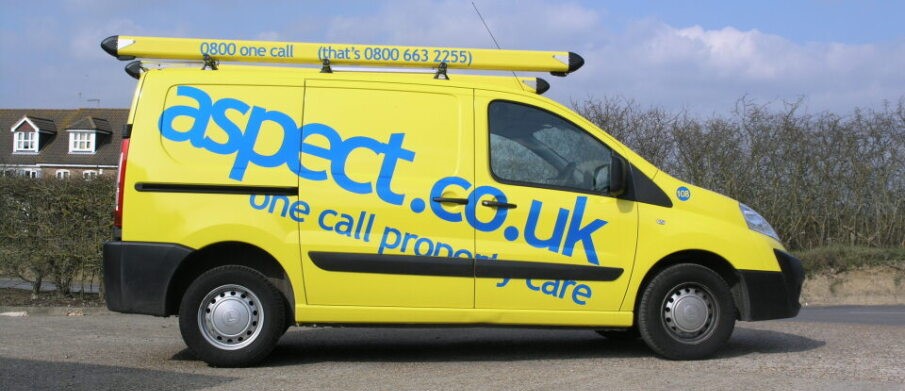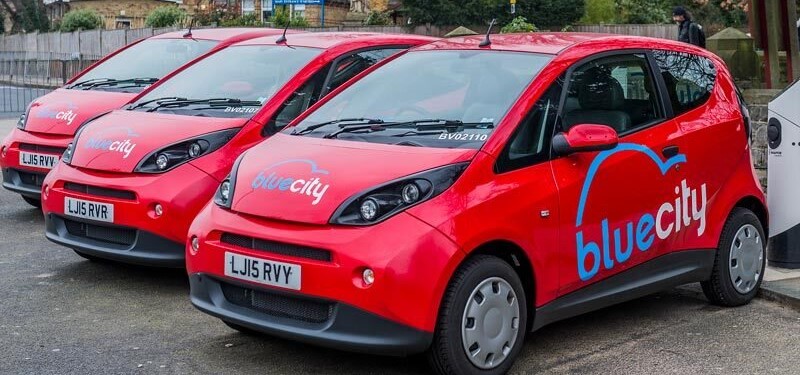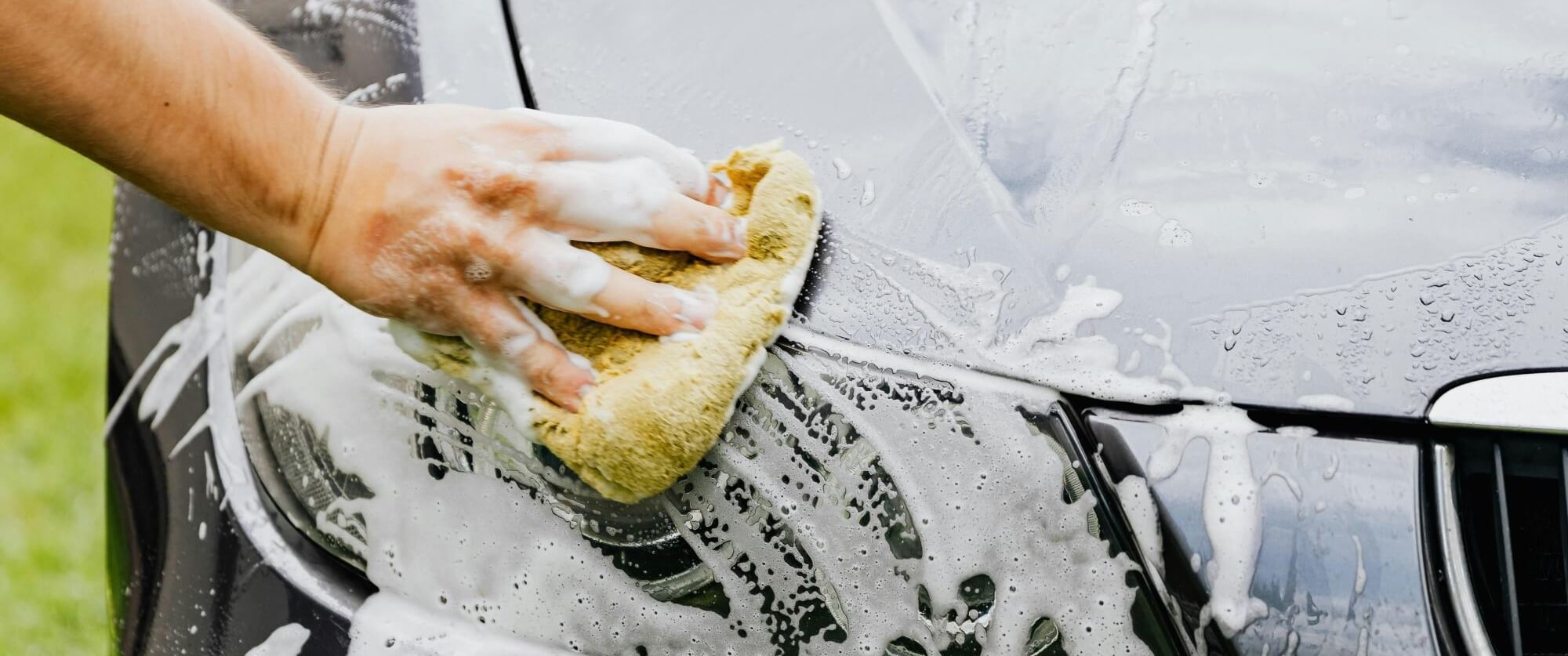Want to get your vehicle wrapped but worried it’ll a long time? That’s only natural. You need your vehicle to get around, and if you’re a business owner, you may have deliveries to make and customers to meet. Thankfully, wrapping is a relatively simple process that takes very little time. In this guide, we explain how long it takes to wrap a car or van.
You’ll discover the average timeframe, what the process entails, and some easy ways to keep your project running on time.
How long does it take to wrap a car or van?
It usually takes 2 days to fully wrap a vehicle. The vinyl is applied on the day of arrival and left to rest overnight. This is an important step, as it allows the wrap to adhere, away from wind, rain, cold weather and temperature changes.
Question anyone who claims they can wrap the whole vehicle and hand it over immediately. It may be a rush job and the wrap could fail in a month or two because it wasn’t given the time it needed.
However, if your vehicle is only having simple graphics or a partial wrap, you could feasibly collect it that very evening. This depends on when the wrap was applied and the advice of your installer.

How long does it take to wrap a fleet of vehicles?
A fleet of 3 or 4 vans shouldn’t take weeks to wrap, especially if you have a company you trust and an existing design. For signwriting and partial wraps, it may take a day or two to get your vehicles back. Full wraps should ideally be kept on-site overnight for quality reasons.
Tip: A good installer will agree to a set timeframe, but they won’t want to rush through the process needlessly. Rushing would only compromise on quality, and you might not get the results you’re after.

A look at the wrapping process
We’ve covered how long it takes to wrap a car or van, but what does the process involve? See below for a brief rundown of what you can expect.
1. The design stage
You’ll need a design template that shows how your vehicle will look once the wrap’s been applied. This needs to be accurate, so it takes a graphic designer to complete it for you. Thankfully, some companies have in-house graphic designers for this exact reason.
For instance, we offer free 30-minute design sessions, where we take a blank template and apply the design on your behalf. You’ll get the accuracy you need and avoid having to find a good designer yourself, so it’s a great way to save time!
2. Drop off and inspection
Once you bring your vehicle in, you’ll have your chance to question the experts, discuss which areas will and won’t be wrapped, and have your design double-checked. The installer will then inspect the vehicle for defects, before giving it a clean. If it’s caked in muck and grime, they’ll have to spend extra time cleaning it, potentially meaning delays.
In short, always clean your car or van thoroughly the day before you drop it off. Just don’t wax it or that’ll have to come off first!
3. Wrap installation
It’s the moment you’ve been waiting for. The installers will apply the vehicle wrap, using heated tools to create a seamless bond between the vinyl and the bodywork. They’ll also have to make sure all of the edges line up. By taking extra care during installation, the installer will maximise the life of the wrap and prevent future stretching, bubbling and lifting – so it’s essential not to rush.
4. Bonding
Your car or van will have to be left indoors overnight so the vinyl can adhere to the bodywork. At Raccoon, we keep newly wrapped vehicles in a secure location to prevent thieves, so if you’re using someone else, make sure they offer the same peace of mind. This is one of 10 great questions to ask a wrap company before selecting them.
It’s even more important to keep a freshly wrapped vehicle indoors during the winter, as the cold air can prevent the vinyl from sticking.
5. Final inspection and collection
The next day, the team will look over your vehicle to ensure the vinyl has bonded effectively. Once that’s done, your vehicle will be ready for collection. By keeping to this process and not rushing through, your vehicle wrap should last up to 5 years or more. You can find out how to maximise your wrap’s lifespan in our guide to vehicle wrap aftercare.
Prevent delays by preparing your vehicle
So, how long does it take to wrap a car or van? As you’ve seen, it depends on the efficiency of the installer, the complexity of your project and the size of your wrap. But it also comes down to how you prepare your vehicle the day before wrapping.

- Repair any major scratches, dents and rust beforehand
- Don’t wax your vehicle, as it’ll stop the vinyl from sticking
- Clean the bodywork 24 hours before the wrap
- Deliver your vehicle at the agreed-on time
- Ask well in advance if you need a courtesy vehicle
Want to learn more? Click below for our guide on vehicle preparation.
You’ll get simple, practical advice that’s easy to follow. Follow the steps to get your vehicle ready for the big day, for a hassle-free process that delivers the results you want without delays.

